Three taxes more likely than a VAT
There is growing speculation that Obama is poised to introduce a European-style Value Added Tax. My bet is Obama will opt for sneakier tax hikes — like these
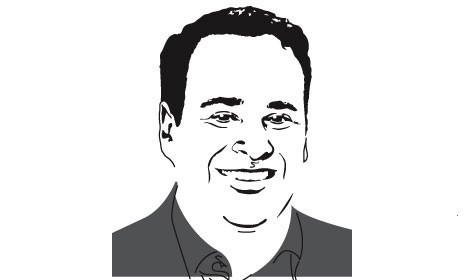
Former Federal Reserve chairman Paul Volcker mused last week about a Value Added Tax. Volcker’s words excited speculation: Was this advance warning of Obama administration plans?
I doubt it.
After health-care reform (and don’t forget Afghanistan!), the administration is hardly likely to launch another big and controversial project. As a taxpayer, I’d worry more that the administration may be tempted by three much sneakier revenue squeezers.
The Week
Escape your echo chamber. Get the facts behind the news, plus analysis from multiple perspectives.

Sign up for The Week's Free Newsletters
From our morning news briefing to a weekly Good News Newsletter, get the best of The Week delivered directly to your inbox.
From our morning news briefing to a weekly Good News Newsletter, get the best of The Week delivered directly to your inbox.
Squeeze 1: The Alternative Minimum Tax.
Since its creation in 1969, the AMT, which once hit only the super elite, has reached more and more American taxpayers. But for Congress’ repeated – yet temporary --“fixes,” the AMT would today apply to tens of millions of taxpayers.
President Obama has talked of seeking a permanent solution. But there are many ways to “fix” the AMT, and not all of them would offer relief to taxpayers. For example, taxpayers subject to the AMT must calculate both the AMT and their regular tax obligation and then pay whichever amount is higher. After 2010, the Bush income tax cuts expire and -- presto! -- millions of Americans will discover that their AMT burden is now the lower figure. Merely by raising the income tax, you can dispel a big part of the AMT burden. That’s a fix all right, but hardly an improvement.
Alternatively, the AMT could be suspended for lower-income taxpayers and then indexed to inflation at some plausible-sounding threshold, say, $125,000. At $125,000, it would protect more than 80 percent of the government’s take from the AMT, while usefully (from the government’s point of view) splitting opposition to the tax.
A free daily email with the biggest news stories of the day – and the best features from TheWeek.com
So beware.
Squeeze 2: The Mortgage Interest Deduction
Since the 1980s, the mortgage interest deduction has been steadily squeezed. Once available in unlimited amounts on multiple residences, now it applies only to the first million of debt on a principal residence (plus another $100,000 in home equity loans).
This deduction reduces federal revenues by about $100 billion, with the greatest relief being conferred on the wealthiest households. While a direct attack on the deduction would trigger mass outrage, especially at a time of weak housing prices, a revenue-hungry administration might be tempted to shave another slice off the deduction.
Last year, the administration raised the threshold for Fannie Mae “conforming loans” from the old $419,000 to $729,750 in expensive real estate markets – effectively reducing the interest rates paid by many upper-middle-income families. Lucky them. Now it may be payback time.
Suppose the administration lowered the maximum deductible loan amount from $1.1 million to that same $729,500. In one step, it would add the interest owed on that $370,000 to the adjustable gross income of upper-income mortgage holders. Since the top tax rate paid by those same people will soon revert to almost 40 percent, the scaling back of the deduction could extract a big new tax bite.
Gotcha.
Squeeze 3: The New Medicare Payroll Tax.
Currently the Medicare payroll tax is 2.9 percent on all wages, half of it paid visibly by the employees, half paid invisibly by the employer in behalf of the employee. Under Obama’s new health-care plan, that tax will rise another 0.9 percent for individuals earning more than $250,000. But guess what Congress forgot to do? That’s right – once again they forgot to peg the new tax threshold to inflation. Silly old bears.
These days, $250,000 may sound like a lot of money. But the tax goes into effect in 2014. By the time it’s up and operating at decade’s end, we may have entered a period of inflation, in which case more and more Americans each year will be exposed to the new payroll tax, especially since it is applied to gross income, not adjusted income.
Think about that possibility as you file your final returns of the low-tax Bush era.
-
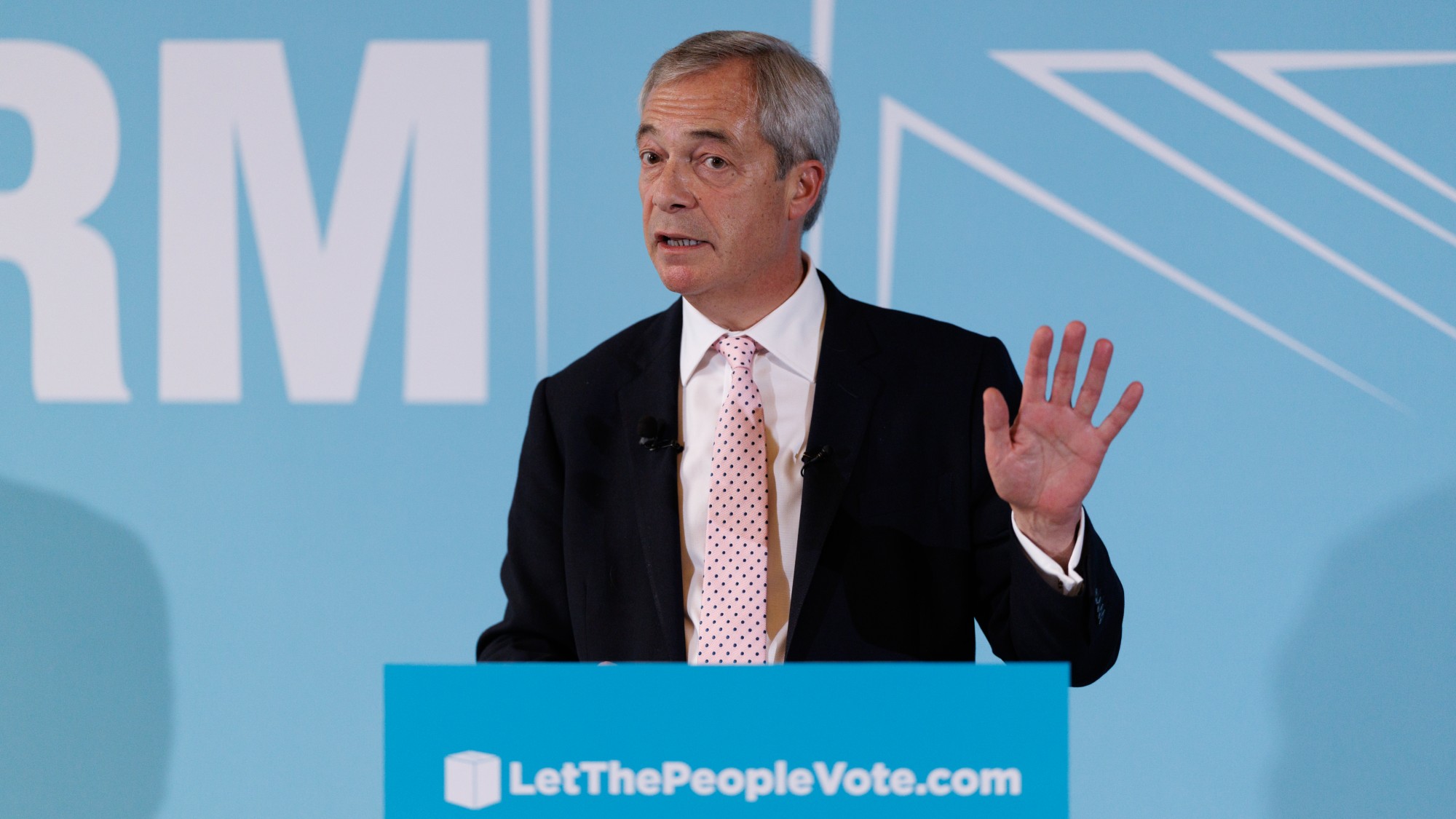 Farage’s £9m windfall: will it smooth his path to power?
Farage’s £9m windfall: will it smooth his path to power?In Depth The record donation has come amidst rumours of collaboration with the Conservatives and allegations of racism in Farage's school days
-
 The issue dividing Israel: ultra-Orthodox draft dodgers
The issue dividing Israel: ultra-Orthodox draft dodgersIn the Spotlight A new bill has solidified the community’s ‘draft evasion’ stance, with this issue becoming the country’s ‘greatest internal security threat’
-
 Sudoku hard: December 13, 2025
Sudoku hard: December 13, 2025The daily hard sudoku puzzle from The Week
-
 Has Zohran Mamdani shown the Democrats how to win again?
Has Zohran Mamdani shown the Democrats how to win again?Today’s Big Question New York City mayoral election touted as victory for left-wing populists but moderate centrist wins elsewhere present more complex path for Democratic Party
-
 Millions turn out for anti-Trump ‘No Kings’ rallies
Millions turn out for anti-Trump ‘No Kings’ ralliesSpeed Read An estimated 7 million people participated, 2 million more than at the first ‘No Kings’ protest in June
-
 Ghislaine Maxwell: angling for a Trump pardon
Ghislaine Maxwell: angling for a Trump pardonTalking Point Convicted sex trafficker's testimony could shed new light on president's links to Jeffrey Epstein
-
 The last words and final moments of 40 presidents
The last words and final moments of 40 presidentsThe Explainer Some are eloquent quotes worthy of the holders of the highest office in the nation, and others... aren't
-
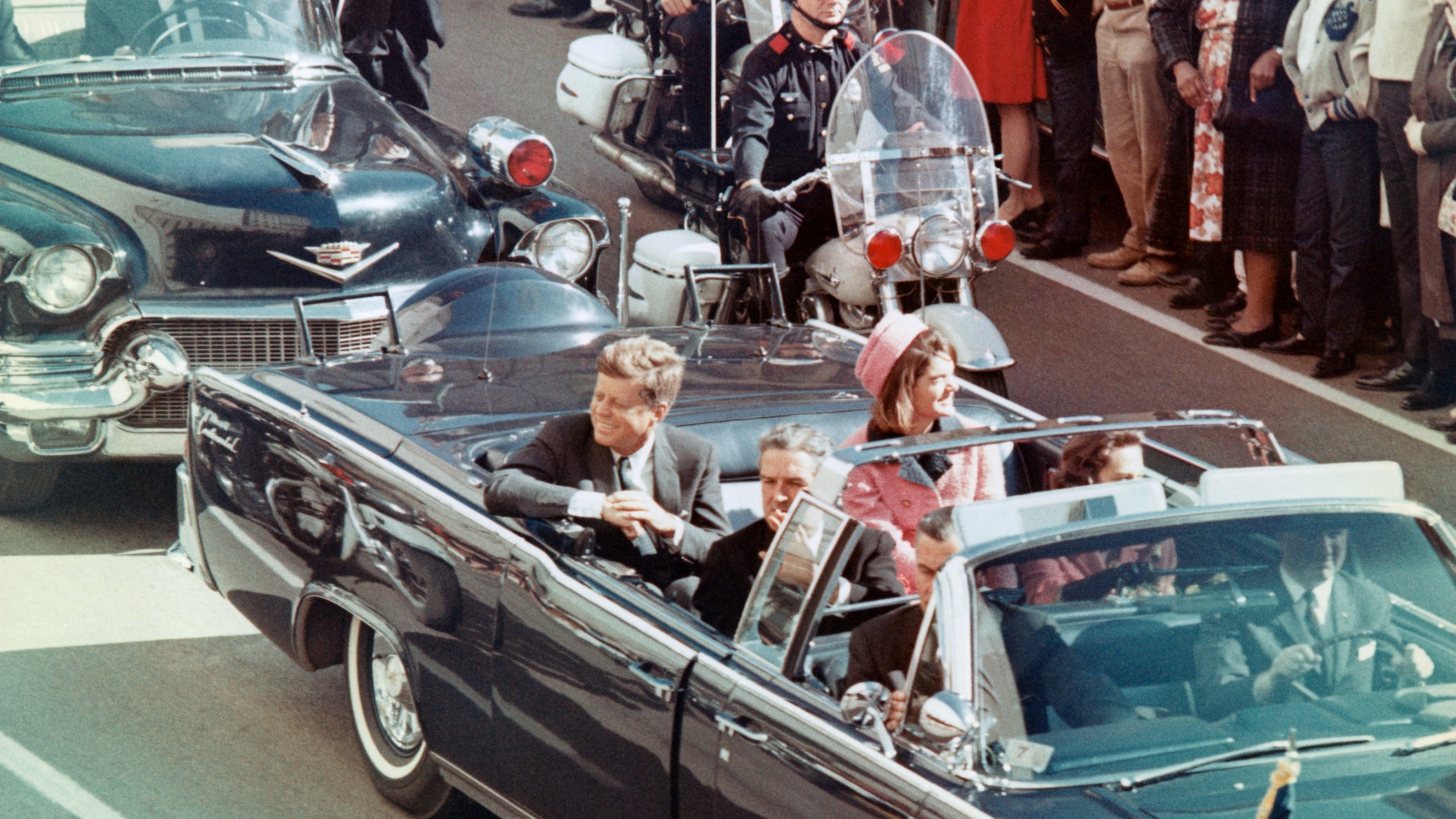 The JFK files: the truth at last?
The JFK files: the truth at last?In The Spotlight More than 64,000 previously classified documents relating the 1963 assassination of John F. Kennedy have been released by the Trump administration
-
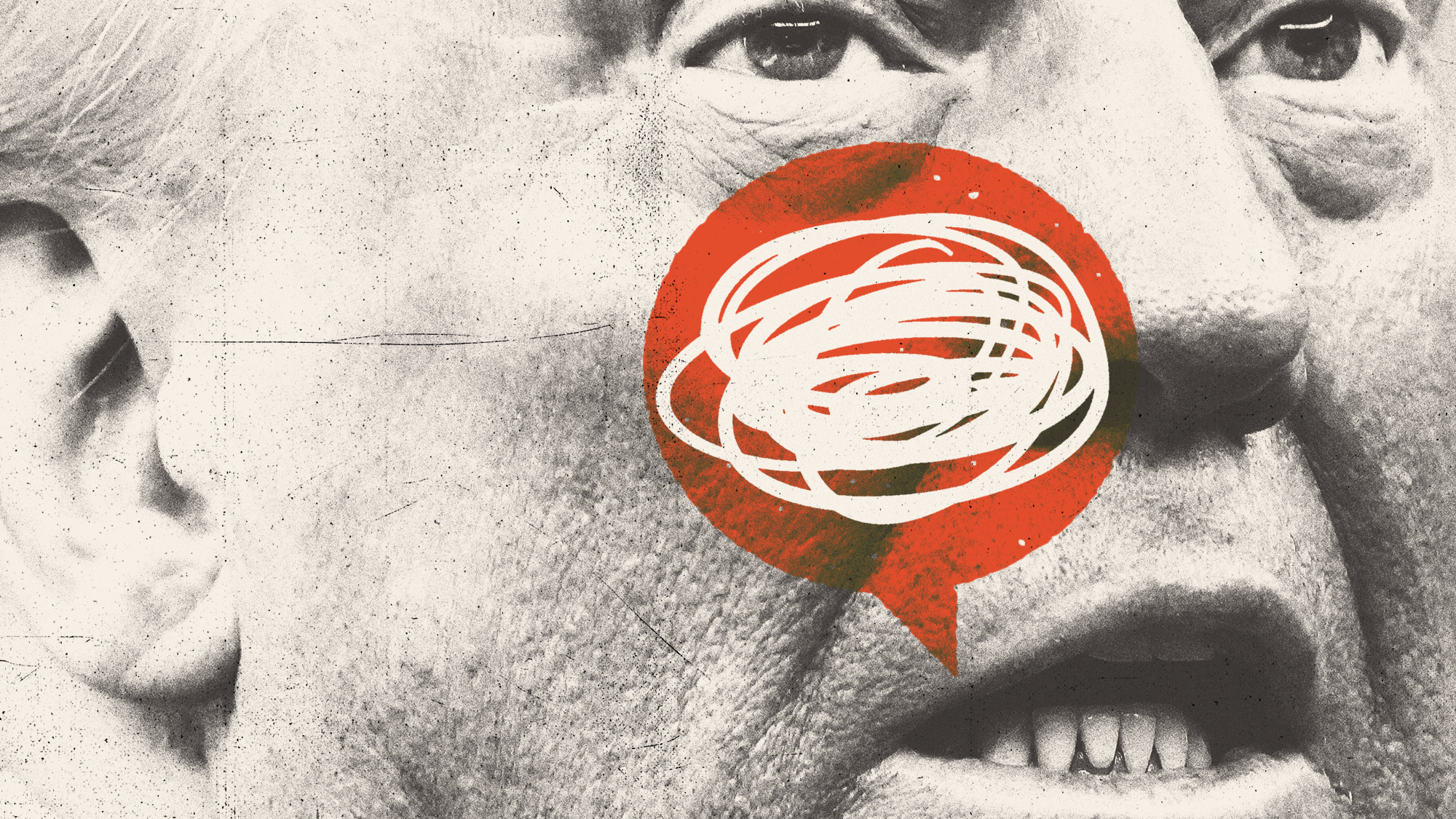 'Seriously, not literally': how should the world take Donald Trump?
'Seriously, not literally': how should the world take Donald Trump?Today's big question White House rhetoric and reality look likely to become increasingly blurred
-
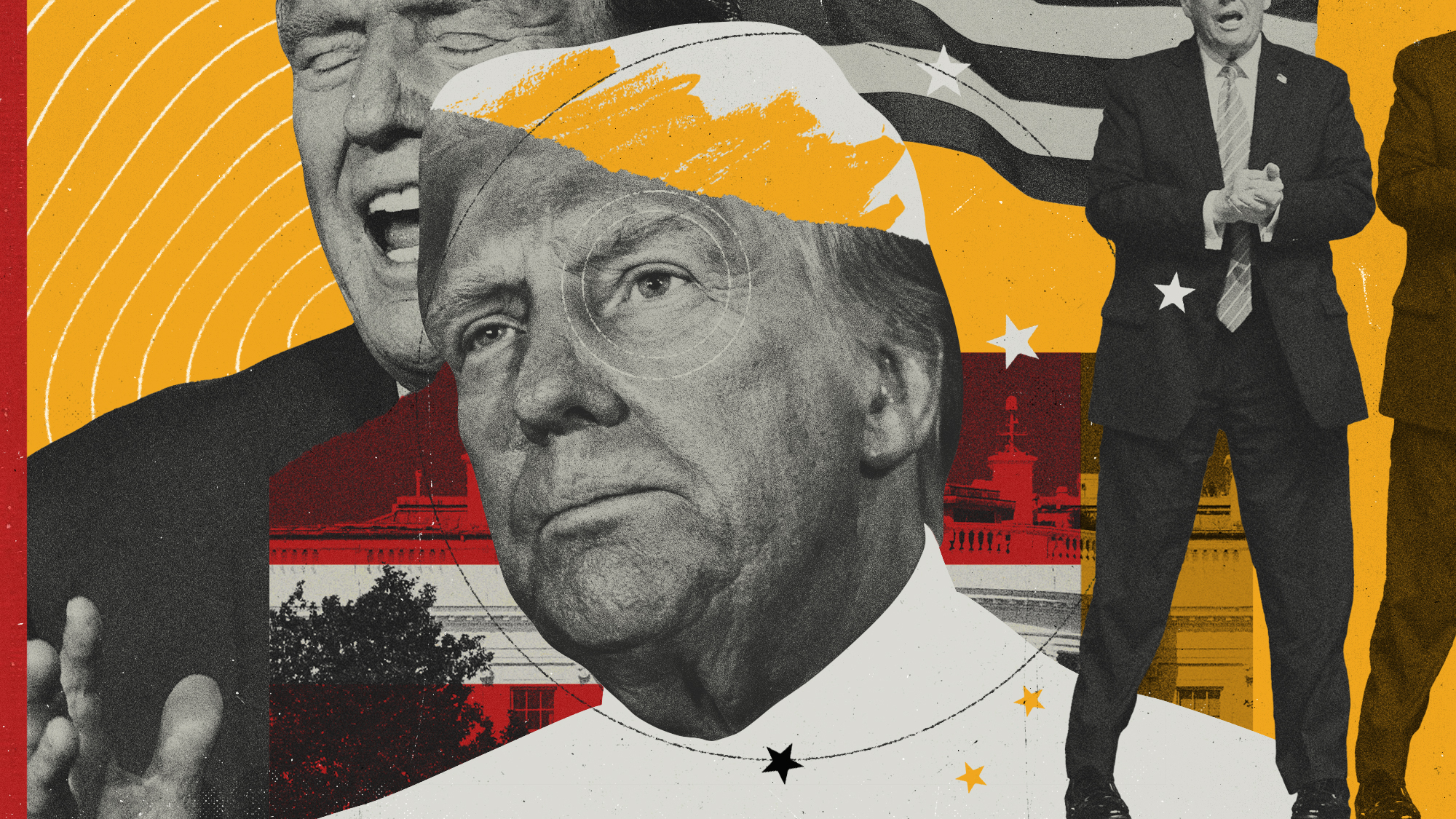 Will Trump's 'madman' strategy pay off?
Will Trump's 'madman' strategy pay off?Today's Big Question Incoming US president likes to seem unpredictable but, this time round, world leaders could be wise to his playbook
-
 Democrats vs. Republicans: who are US billionaires backing?
Democrats vs. Republicans: who are US billionaires backing?The Explainer Younger tech titans join 'boys' club throwing money and support' behind President Trump, while older plutocrats quietly rebuke new administration